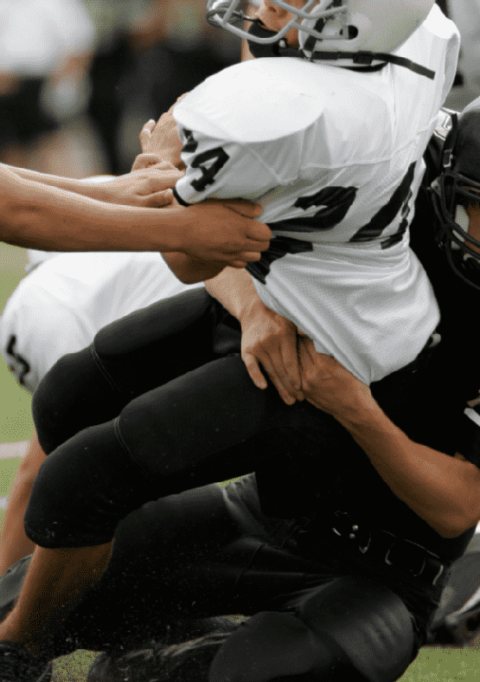3 Types of Sports-Related Spine Injuries

Many people take great enjoyment from sports, in part because sports are one excellent way to benefit from exercise. Sports do come with risks, however, and spinal injuries are among those risks. Spine complications can be major and life-altering, so it is important to know which injuries are most likely to occur during sports-related activities so that you can better protect yourself against them.
Cervical Spinal Injuries and Sports
Cervical spinal injuries can be some of the most devastating. Your cervical spine is the upper portion of your spine. Injuries that occur here could lead to everything from numbness and loss of strength to total paralysis. Cervical spinal injuries are most common in contact sports such as football, but do also occur in other sports like skiing and bodybuilding.
The degree of a cervical spinal injury will, in large part, determine the outcome of recovery. Sprains and strains may have favorable outcomes while fractures and disc dislocations can be challenging to overcome.
Lumbar Spinal Injuries and Sports
The lumbar spine is the lowermost portion of your spine. Injuries here usually are a result of excessive straining such as that of a bodybuilder attempting to lift large amounts of weight. Pivoting movements like that involved in kayaking can also put the lumbar spine at risk of injury. While lumbar injuries are not as common as cervical injuries in sports, they do still occur frequently.
Thoracic Spinal Injuries and Sports
Thoracic spinal injuries, or those that occur to the middle portion of the spine, are not very common in sports but they can happen. Contact sports can cause fractures of the thoracic spine and dislocations of its discs. The ribcage makes the thoracic spine more stable, but do not assume this stability makes it invincible. Always take care to protect all portions of your back at all times, especially when engaging in sports activities.
If you are experiencing back pain or have a sports injury that is troubling you, then contact us here at the Spine Institute of Nevada. We’ll be happy to take a look at what’s going on and get you on the road to feeling better. Call us today at 702-239-3787.
